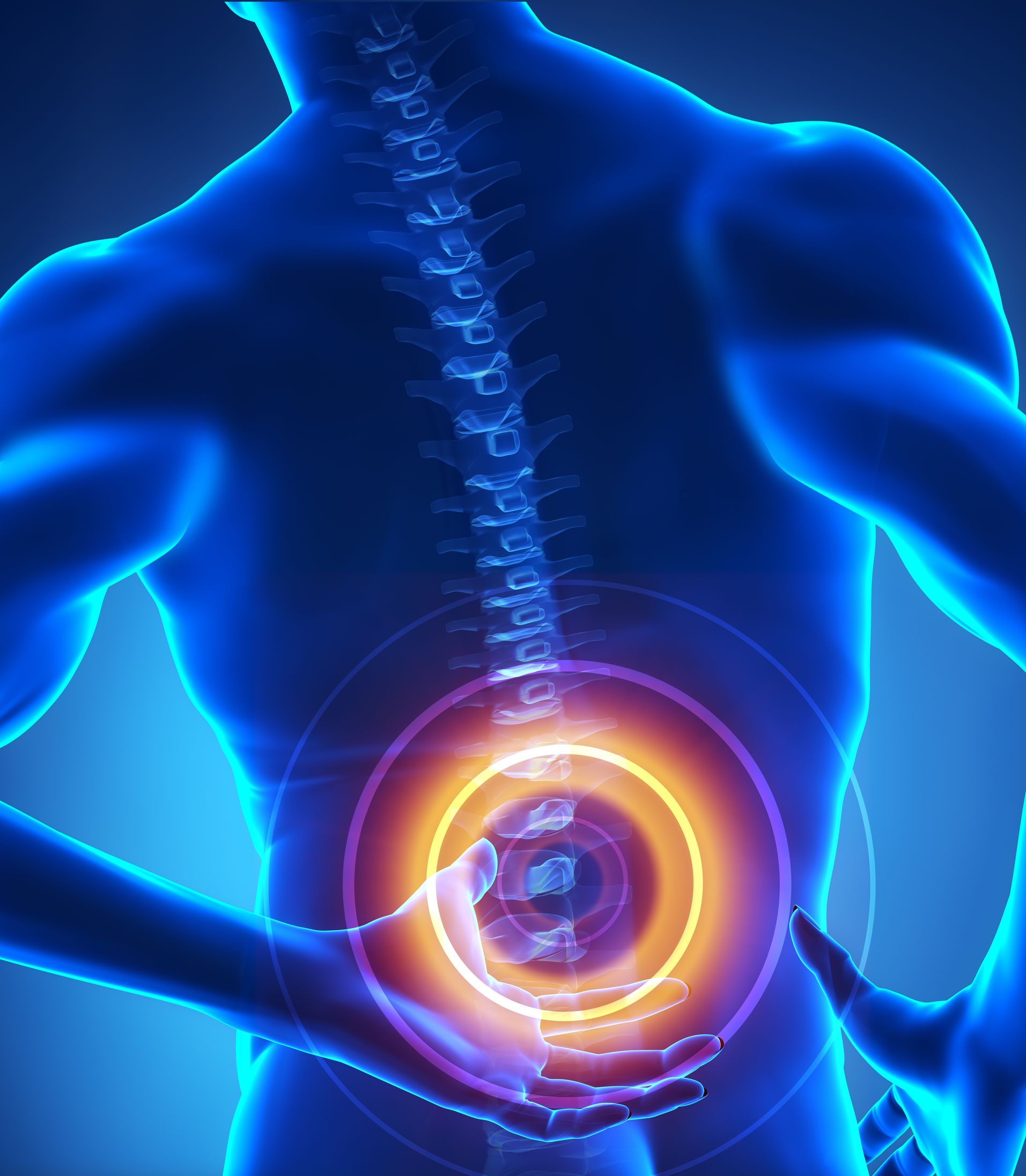How Intraoperative Imaging Increases the Safety of Spinal Surgery
 DANVERS, MA - October is National Spinal Health month and when adjustments from a qualified chiropractor are out of the question due to degenerative disease and spinal malformations, where can a patient turn? Spinal surgery can be an intimidating and frightening thought for a patient. “Have I chosen the correct surgeon? Will the surgery reduce my pain? How will my quality of life be after surgery?” One question patients should add to their arsenal is “How accurate is the surgeon’s screw placement?” Over the past 2 years, advances in the medical device industry have increased the accuracy of screw placement during stabilizing spine procedures thus improving the safety and outcome overall of the surgery.
DANVERS, MA - October is National Spinal Health month and when adjustments from a qualified chiropractor are out of the question due to degenerative disease and spinal malformations, where can a patient turn? Spinal surgery can be an intimidating and frightening thought for a patient. “Have I chosen the correct surgeon? Will the surgery reduce my pain? How will my quality of life be after surgery?” One question patients should add to their arsenal is “How accurate is the surgeon’s screw placement?” Over the past 2 years, advances in the medical device industry have increased the accuracy of screw placement during stabilizing spine procedures thus improving the safety and outcome overall of the surgery.
An innovative breakthrough in portable imaging from NeuroLogica Corporation, a subsidiary of Samsung Electronics, is making high resolution intraoperative computed tomography a reality for spinal surgery. The BodyTom is a portable 32 slice computed tomography medical scanner that is capable of high resolution imaging of bone and soft tissue organs. It is the first, “walk it in to the operating room, scan, and walk it out” portable imaging device to accomplish soft tissue computed tomography.
Imaging allows surgeons to see within the body for pre-surgical planning, surgical navigation, and to check the accuracy of screw placement. In the past, either 2D fluoroscopy or low resolution flat-panel X-Ray was used within the surgical suite and a postoperative CT would be collected at the radiology department to check for spinal column and pedicle breaches. Due to the low resolution of the previous intraoperative scanners surgical navigation was difficult and the accuracy could be compromised leading to breaches and surgical errors. Now, a high resolution pre-surgical scan can be obtained with the BodyTom in the O.R. suite. Since the operating table and patient do not move during or after the scan, the spine does not move and surgical navigation remains accurate. Once the screws are placed within the spine a follow up intraoperative CT can be made before finishing the surgery and any corrections or safety concerns can be corrected.
Recently in July of 2014, an article by Pavel Barsa et. al was published in Acta Neurochir detailing the feasibility and safety of using the BodyTom for intraoperative imaging and surgical navigation for screw placement during spinal surgery. Barsa et al. performed 85 spinal stabilizations using intraoperative imaging and surgical navigation. 571 screws were implanted and only 5 out of 571 screws (.87%) were not correctly placed. 2 out of the 5 incorrectly places screws were able to be corrected and there was no clinical need to correct the other 3 screws. Additionally, there were no cases of wrong spinal level surgery and image registration accuracy to actual anatomy was 0.44mm +/- 0.5mm. Barsa et al. commented that image fidelity was not corrupted by obesity, metal instruments, or other radiological artifacts as is common with older flat panel X-Ray and fluoroscopy. The clinicians concluded that the use of the BodyTom for intraoperative imaging was the future of spinal surgery due to the increased efficacy and safety it provided for surgical navigation systems.
BodyTom is currently installed in 69 hospitals worldwide and being used in emergency rooms, trauma suites, neurosurgery, ICUs, diagnostic suites and interventional radiology.
Supporting documents:
Spinal Health Awareness Month_Release_2014.pdf







